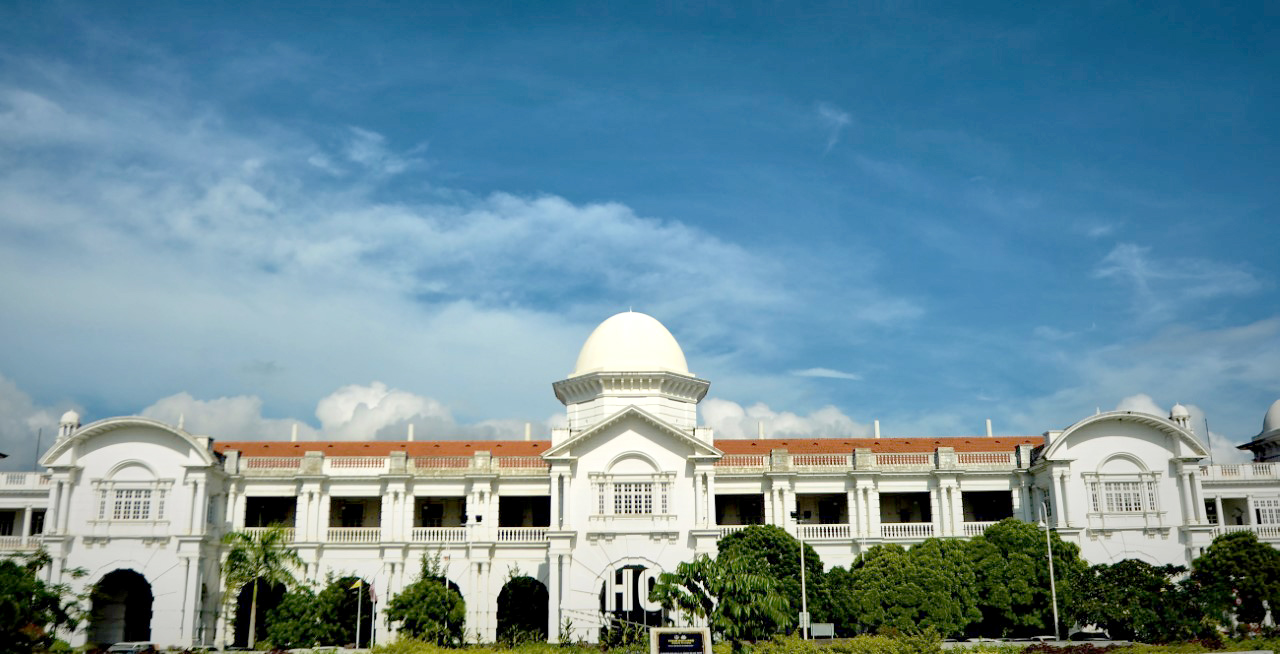LOC10:22
07:22 GMT
 Central train station in Ipoh City in Malaysia
Central train station in Ipoh City in Malaysia
By Abdullah Bugis
IPOH, Malaysia, March 4 (KUNA) -- With its white-colored and ancient buildings, Ipoh, Malaysia's third largest city and once tin mining capital, has become a historical, tourist and cultural destination.
Having been famous for minerals, the attractive city had allured many European, Chinese and Indian merchants who had integrated into the indigenous population of the city.
On this historical city of Malysia, Halim Berbar, the author of "Ipoh The Untold Story", told KUNA that Ipoh has different races of population, including aristocrats, Chinese mineral merchants, Indian farmers and European engineers.
Ipoh was a small village in the 1870s when British people entered it and brought with them advanced machines for tin mining which was a traditional industry made by the indigenous people, he said.
In the 1880s, Ipoh witnessed a big leap in tin mining and became the most important city in the Federation of Malaya in 1895, the old name of Malaysia, he elaborated, adding that tin mining industry, which had kept thriving for more than 100 years, could allure Chinese merchants for investment.
In 1970, tin mining declined rapidly due to some reasons, including the depletion of tin, high cost of production as well as a decline in prices, he said, noting that this industry completely stopped in 1982.
Berbar said that tin mining contributed to urban renaissance in the city as trade and immigration movement increased.
Most of the buildings are painted in white, which was the well-known color in the United States and Europe in 1820s and 1830s, he made clear.
Many of the British-design buildings in Ipoh were ruined during the World War II when Japan occupied the Federation of Malaya in 1941, he said.
When British people recaptured Ipoh, they rebuilt and restored some buildings that are still existing until now, he noted.
The most outstanding buildings are the central train station which was built in 1894, the supreme court built in 1928, the Royal Ipoh Club built in 1895 and HSBC built in 1930, Berbar pointed out.
The club was established by some European merchants to practice different kinds of sports, including halls for businessmen's meetings and occasions.
HSBC has been a H.Q of the British bank that includes historical shops and restaurants which served mine workers during the mining period, he elaborated.
Of the outstanding buildings also is the municipality of the city which was founded in 1917, designed in classic architecture, the author stated.
Masjid Panglima Kinta is considered to be the oldest mosque in Ipoh, having a mixture of modern classic and British architecture. It was built by a Malayan merchant in appreciation of his wife who died in 1898.
Located on the western coast of Malaysian Peninsula, Ipoh is 200 kms from the capital, Kuala Lumpur.
Ipoh, the capital of Perak City, is divided into two areas; ancient and modern. The Kinta River divides those two areas. (end)
aab.hm